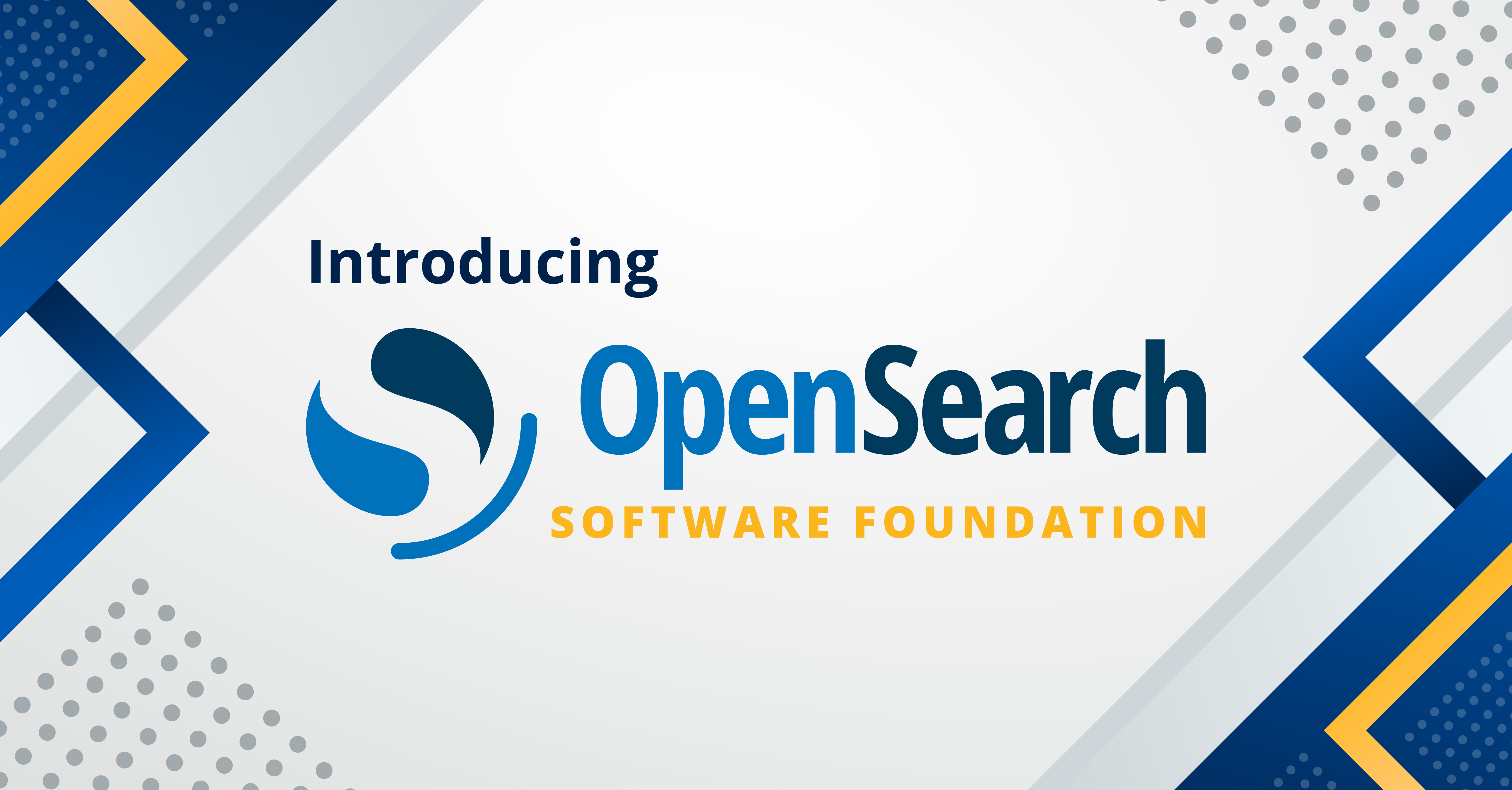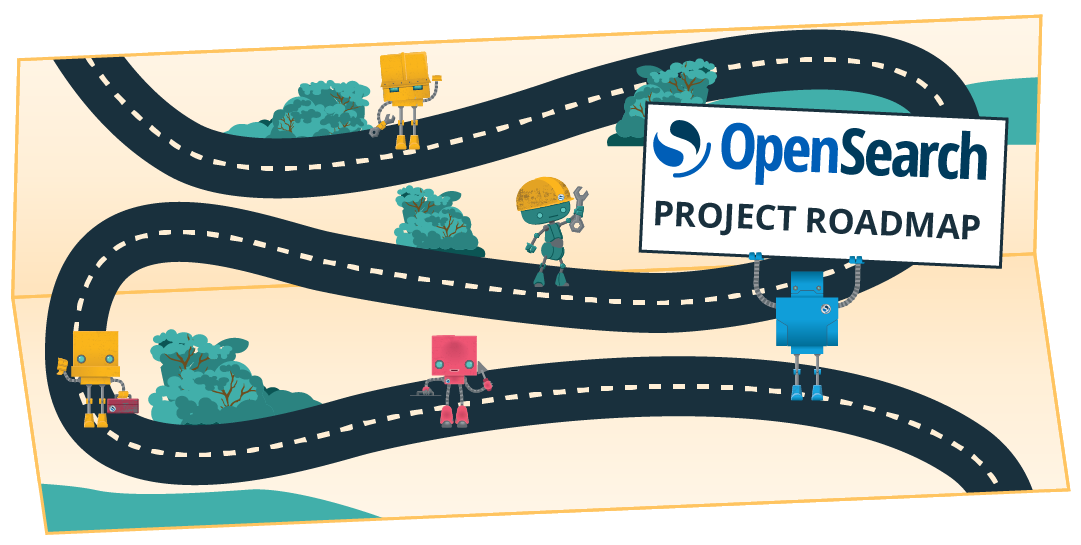Advanced usage of the semantic field in OpenSearch
In our previous blog post, we introduced the new semantic field in OpenSearch and went over its basic setup. In this post, we’ll explore advanced configurations of the semantic field, including how to enable text chunking, work with remote clusters, use custom or externally hosted models, and update the model ID associated with a field. We’ll also provide more details about the field’s current limitations.
How to use semantic fields with text chunking
In real-world use cases, input text may exceed the model’s maximum length, which can lead to truncation and degraded relevance. To address this, you can enable automatic text chunking.
By default, chunking is disabled to avoid the search overhead associated with nested fields. To enable it, use the chunking flag:
PUT /my-nlp-index
{
"settings": {
"index.knn": true
},
"mappings": {
"properties": {
"id": {
"type": "text"
},
"text": {
"type": "semantic"
"model_id": "No0hhZcBnsM8JstbBkjQ",
"chunking": true
}
}
}
}
To verify that chunking is enabled, check the index mapping:
GET /my-nlp-index/_mappings
{
"my-nlp-index": {
"mappings": {
"properties": {
"id": {
"type": "text"
},
"text": {
"type": "semantic",
"model_id": "No0hhZcBnsM8JstbBkjQ",
"raw_field_type": "text",
"chunking": true
},
"text_semantic_info": {
"properties": {
"chunks": {
"type": "nested",
"properties": {
"embedding": {
"type": "knn_vector",
"dimension": 384,
"method": {
"engine": "faiss",
"space_type": "l2",
"name": "hnsw",
"parameters": {}
}
},
"text": {
"type": "text"
}
}
},
"model": {
"properties": {
"id": {
"type": "text",
"index": false
},
"name": {
"type": "text",
"index": false
},
"type": {
"type": "text",
"index": false
}
}
}
}
}
}
}
}
}
The response includes a nested field under text_semantic_info.chunks, with each chunk containing its own embedding and corresponding text.
Indexing documents with chunking
When you index a long document, OpenSearch splits the text into chunks and generates embeddings for each:
PUT /my-nlp-index/_doc/1
{
"text": "Nestled high in the heart...stretches up the slopes...",
"id": "4319130149.jpg"
}
GET /my-nlp-index/_doc/1
{
"_index": "my-nlp-index",
"_id": "1",
"_version": 2,
"_seq_no": 2,
"_primary_term": 1,
"found": true,
"_source": {
"text": "Nestled high in the heart...stretches up the slopes...",
"id": "1775029934.jpg",
"text_semantic_info": {
"chunks": [
{
"text": "Nestled high in the heart... ",
"embedding": [
0.011091858,
...
]
},
{
"text": "stretches up the slopes...",
"embedding": [
0.012340585,
...
]
}
],
"model": {
"name": "huggingface/sentence-transformers/all-MiniLM-L6-v2",
"id": "No0hhZcBnsM8JstbBkjQ",
"type": "TEXT_EMBEDDING"
}
}
}
}
Each chunk will appear under text_semantic_info.chunks with its own embedding vector.
Using semantic fields in remote clusters
Even though OpenSearch supports cross-cluster search, neural queries do not currently support automatic resolution of the semantic field’s configuration from a remote cluster. As a workaround, you can explicitly target the underlying embedding field in your query.
For a sparse model, use the following request:
GET /my-nlp-index/_search
{
"_source": {
"excludes": [
"text_semantic_info"
]
},
"query": {
"neural_sparse": {
"text_semantic_info.embedding": {
"query_text": "wild west",
"analyzer": "bert-uncased"
}
}
}
}
If chunking is enabled, use a nested query:
GET /my-nlp-index/_search
{
"_source": {
"excludes": [
"text_semantic_info"
]
},
"query": {
"nested": {
"path": "text_semantic_info.chunks",
"neural_sparse": {
"text_semantic_info.chunks.embedding": {
"query_text": "wild west",
"model_id": "No0hhZcBnsM8JstbBkjQ"
}
}
}
}
}
Using semantic fields with a neural sparse two-phase processor
When working with sparse embeddings, the semantic field allows you to use the neural query without manually specifying the model or analyzer. In this case, OpenSearch automatically resolves them based on the field mapping. However, this convenience comes with a limitation: the neural_sparse_two_phase_processor, which can improve search latency, is not currently supported when querying the semantic field directly.
As a workaround, you can bypass the semantic field and run a neural_sparse query directly against the underlying embedding field (for example, text_semantic_info.embedding). Similarly to the approach used for cross-cluster search, this approach allows you to use the neural_sparse_two_phase_processor while still benefiting from automatic embedding generation during indexing.
Using semantic fields with custom or externally hosted models
To use a custom or externally hosted model, provide the required model configuration when registering the model. OpenSearch uses this metadata to construct the appropriate knn_vector or rank_features field.
Register a custom model
You must set the function_name to TEXT_EMBEDDING for dense models or to SPARSE_ENCODING or SPARSE_TOKENIZE for sparse models, depending on the model’s functionality.
Example: Registering a dense model
POST /_plugins/_ml/models/_register
{
"name": "huggingface/sentence-transformers/msmarco-distilbert-base-tas-b",
"version": "1.0.1",
"model_group_id": "wlcnb4kBJ1eYAeTMHlV6",
"description": "This is a port of the DistilBert TAS-B Model to sentence-transformers model: It maps sentences & paragraphs to a 768 dimensional dense vector space and is optimized for the task of semantic search.",
"function_name": "TEXT_EMBEDDING",
"model_format": "TORCH_SCRIPT",
"model_content_size_in_bytes": 266352827,
"model_content_hash_value": "acdc81b652b83121f914c5912ae27c0fca8fabf270e6f191ace6979a19830413",
"model_config": {
"model_type": "distilbert",
"embedding_dimension": 768,
"framework_type": "sentence_transformers",
"all_config": "{\"_name_or_path\":\"old_models/msmarco-distilbert-base-tas-b/0_Transformer\",\"activation\":\"gelu\",\"architectures\":[\"DistilBertModel\"],\"attention_dropout\":0.1,\"dim\":768,\"dropout\":0.1,\"hidden_dim\":3072,\"initializer_range\":0.02,\"max_position_embeddings\":512,\"model_type\":\"distilbert\",\"n_heads\":12,\"n_layers\":6,\"pad_token_id\":0,\"qa_dropout\":0.1,\"seq_classif_dropout\":0.2,\"sinusoidal_pos_embds\":false,\"tie_weights_\":true,\"transformers_version\":\"4.7.0\",\"vocab_size\":30522}"
"additional_config": {
"space_type": "l2"
}
},
"created_time": 1676073973126,
"url": "https://artifacts.opensearch.org/models/ml-models/huggingface/sentence-transformers/msmarco-distilbert-base-tas-b/1.0.1/torch_script/sentence-transformers_msmarco-distilbert-base-tas-b-1.0.1-torch_script.zip"
}
Register an externally hosted model
Externally hosted models must use remote as the function_name. Define the model_type explicitly in model_config.
Example: Registering an externally hosted dense model
POST /_plugins/_ml/models/_register
{
"name": "remote-dense-model",
"function_name": "remote",
"model_group_id": "1jriBYsBq7EKuKzZX131",
"description": "test model",
"connector_id": "a1eMb4kBJ1eYAeTMAljY",
"model_config": {
"model_type": "TEXT_EMBEDDING",
"embedding_dimension": 768,
"additional_config": {
"space_type": "l2"
}
}
}
Example: Registering an externally hosted sparse model
POST /_plugins/_ml/models/_register
{
"name": "remote-sparse-model",
"function_name": "remote",
"model_group_id": "1jriBYsBq7EKuKzZX131",
"description": "test model",
"connector_id": "a1eMb4kBJ1eYAeTMAljY",
"model_config": {
"model_type": "SPARSE_ENCODING",
}
}
Updating the model ID for a semantic field
You can update the model ID used by a semantic field. This is useful when:
- You want to switch to a newer version of the model.
- A redeployed model generates a new model ID.
To update the model ID, use the Update Mapping API. For dense models, ensure that the new model has the same embedding_dimension and space_type, because these parameters are fixed in the knn_vector field and cannot be changed after index creation.
Limitations
The semantic field is designed to simplify semantic search, but it currently has several limitations that may affect advanced use cases:
- Dense model configuration: When using a dense model, OpenSearch automatically creates a
knn_vectorfield based on the model’sembedding_dimensionandspace_type. These values must be defined at model registration time. Otherknn_vectorparameters are not configurable and use default values. - Chunking strategy: To enable text chunking, set
chunking: truein thesemanticfield mapping. Note that the chunking behavior uses a fixed token-length algorithm with a default configuration and does not support alternative strategies or customization. - Sparse model pruning: For sparse models, OpenSearch applies a default prune ratio of
0.1during embedding generation. This value is not currently configurable. Additionally, theneural_sparse_two_phase_processoris not supported withsemanticfields, which limits sparse query optimization. - Remote cluster support: Neural queries on
semanticfields are not supported in cross-cluster search. While documents can be retrieved from remote indexes, semantic queries require access to local model configuration and index mappings. - Repeated inference behavior: When updating a document, OpenSearch will rerun inference for the
semanticfield even if the field’s content has not changed. Currently, there is no support for reusing existing embeddings to avoid redundant inference. - Mapping constraints: The
semanticfield does not support dynamic mapping. You must define it explicitly in the index mapping. Additionally, you cannot use asemanticfield in thefieldssection of another field, meaning that multi-field configurations are not supported.
Summary
The semantic field in OpenSearch streamlines the development of neural search applications by handling model inference, embedding generation, and field mapping in a single, declarative step. It supports both dense and sparse models and removes the need for custom ingest pipelines. In this post, we explored advanced features such as text chunking, cross-cluster search, and custom or remote model integration. While the feature has some limitations, it significantly lowers the barrier to implementing semantic search. We look forward to continued improvements based on community feedback.
What’s next?
To address the current limitations, we are working on several improvements to the existing semantic search capabilities:
- Configurable embedding field parameters: Enable customization of
knn_vectorparameters beyonddimensionandspace_type. - Configurable chunking strategies: Provide options to customize the way text is chunked, such as the chunking algorithm and controlling the chunk size and overlap.
- Custom sparse vector generation: Add support for configuring how sparse embeddings are generated from models, including the pruning strategies.
- Improved support for remote querying: Allow
neuralqueries onsemanticfields in remote clusters by retrieving and resolving model configuration across clusters. - Support for two-phase sparse queries: Enable compatibility of the
semanticfield with theneural_sparse_two_phase_processorto reduce latency and improve sparse search performance. - Embedding reuse on document updates: Avoid redundant model inference when the
semanticfield value has not changed, enabling more efficient indexing and lower resource usage.




